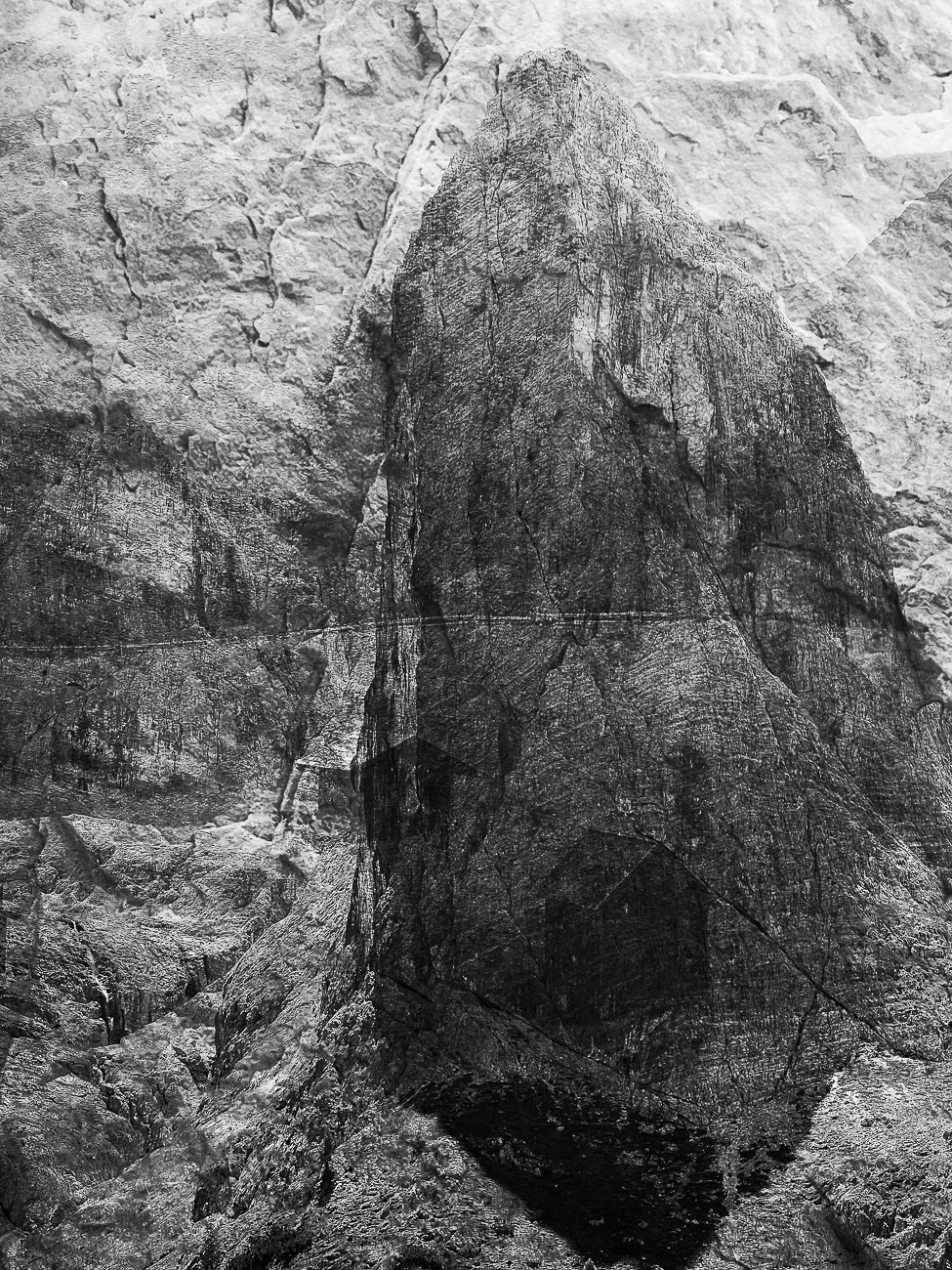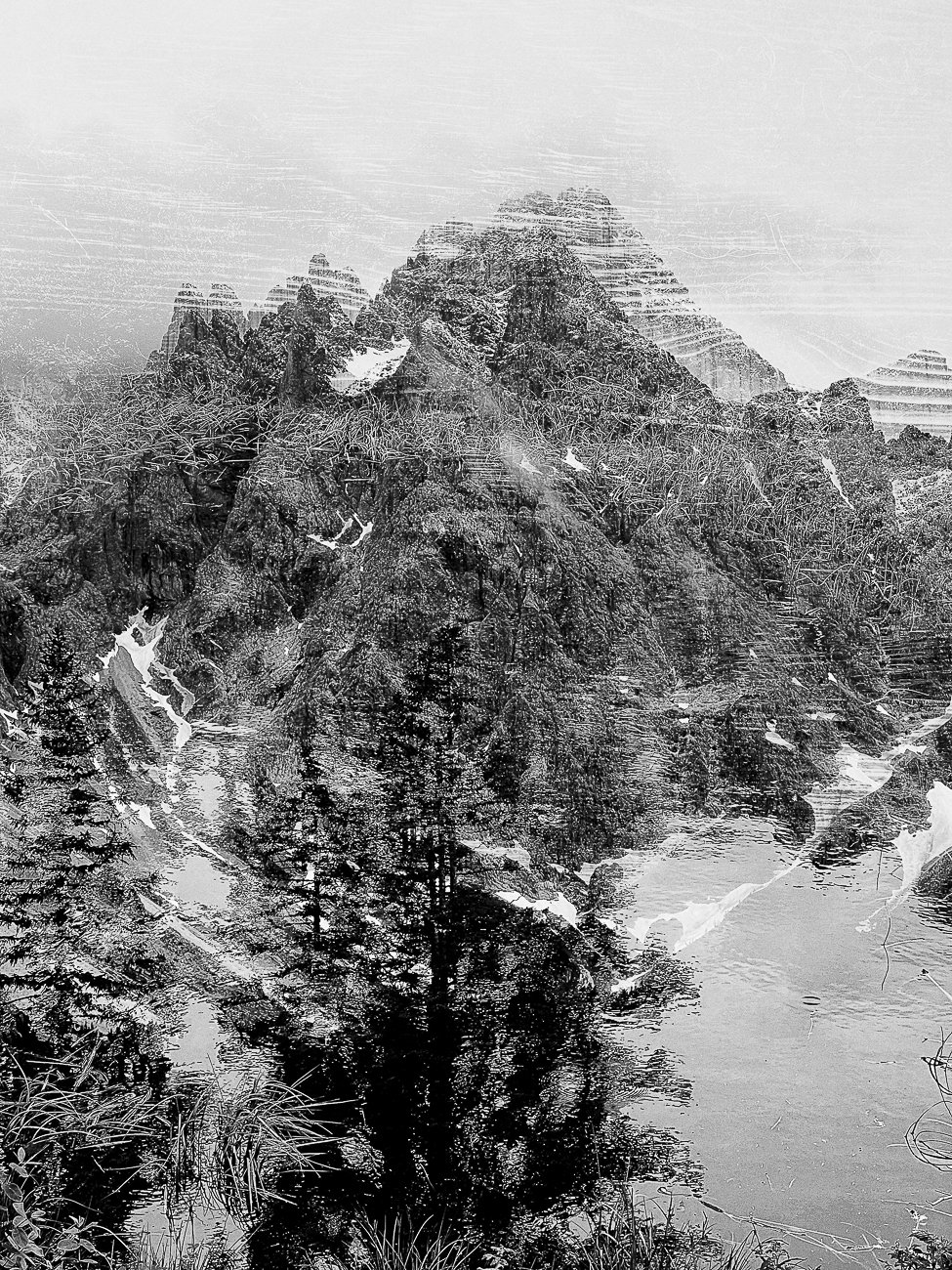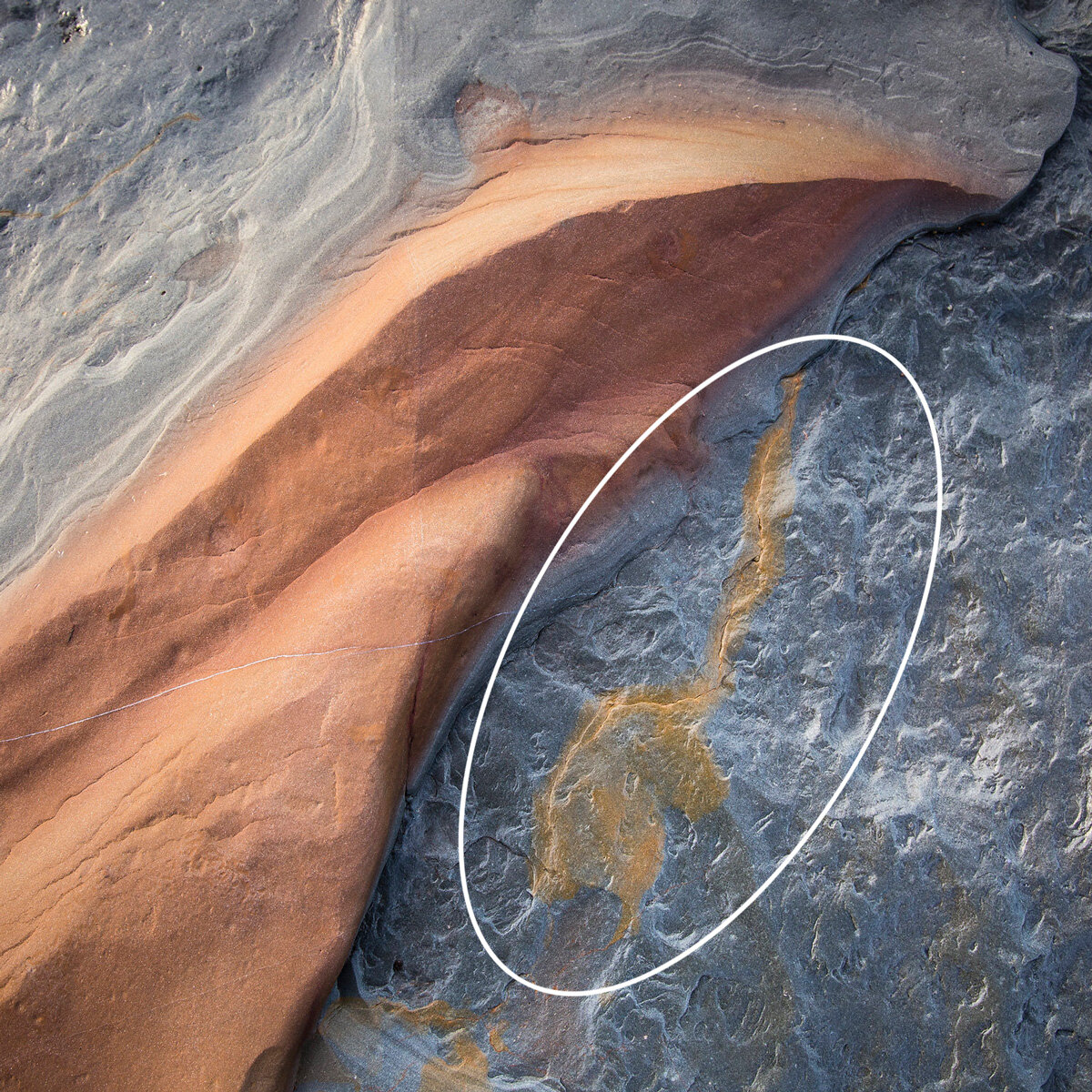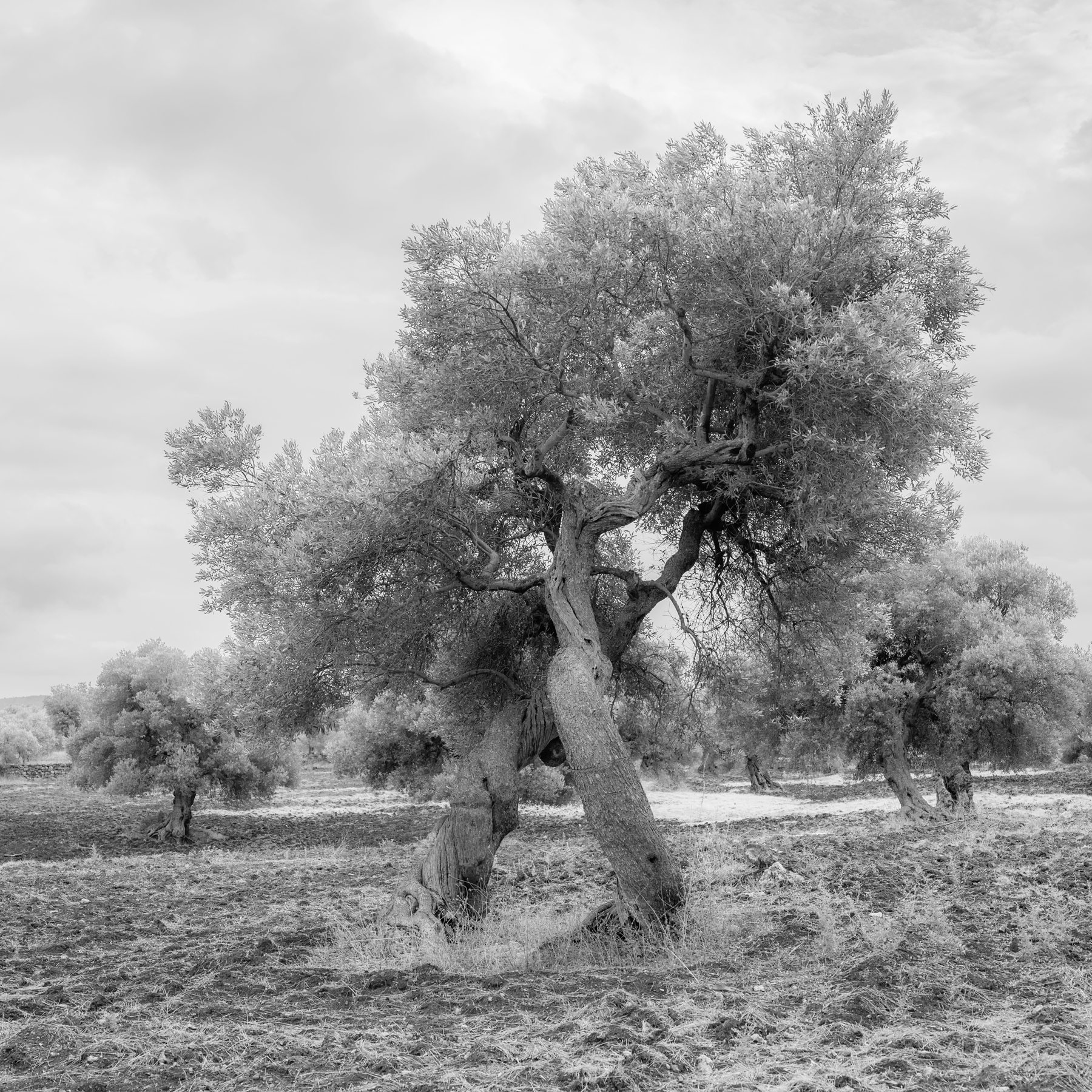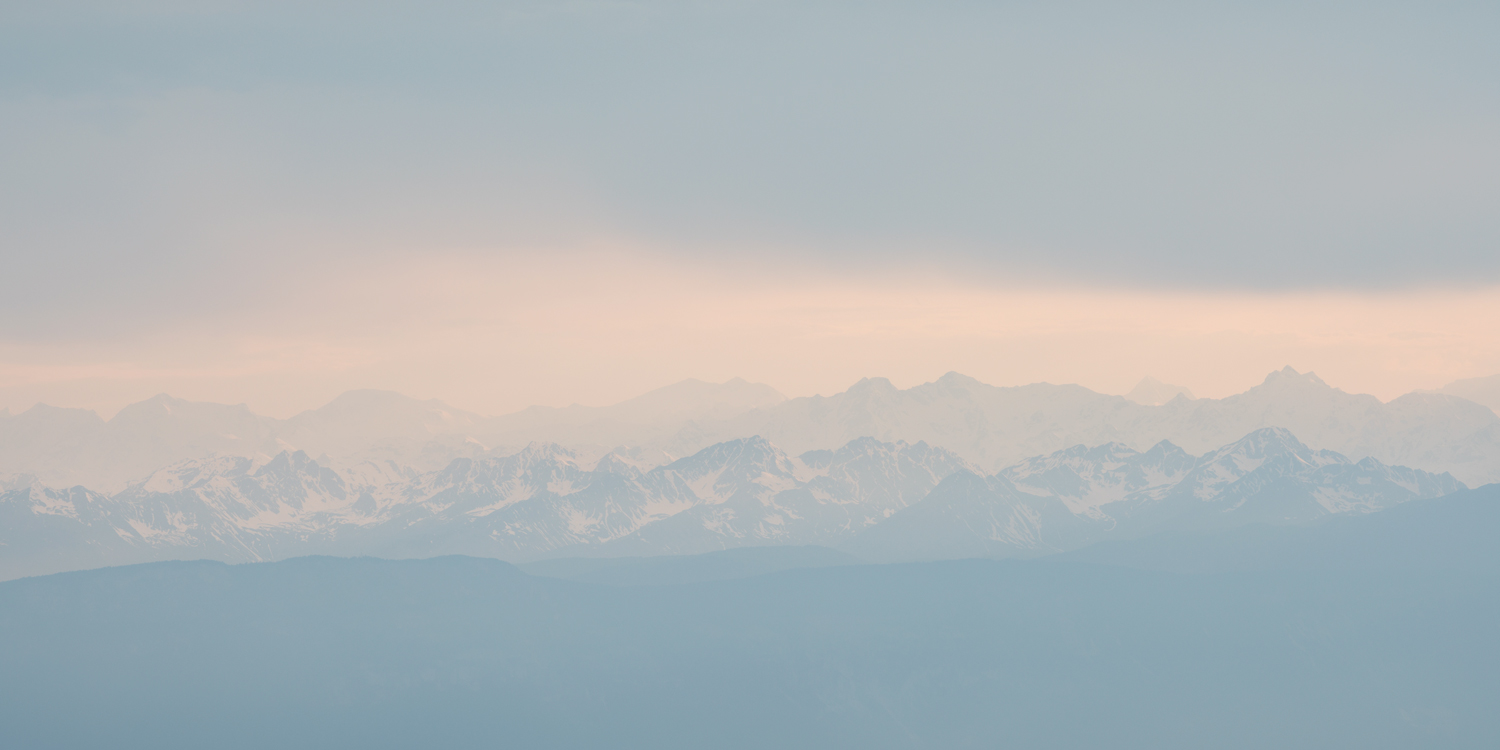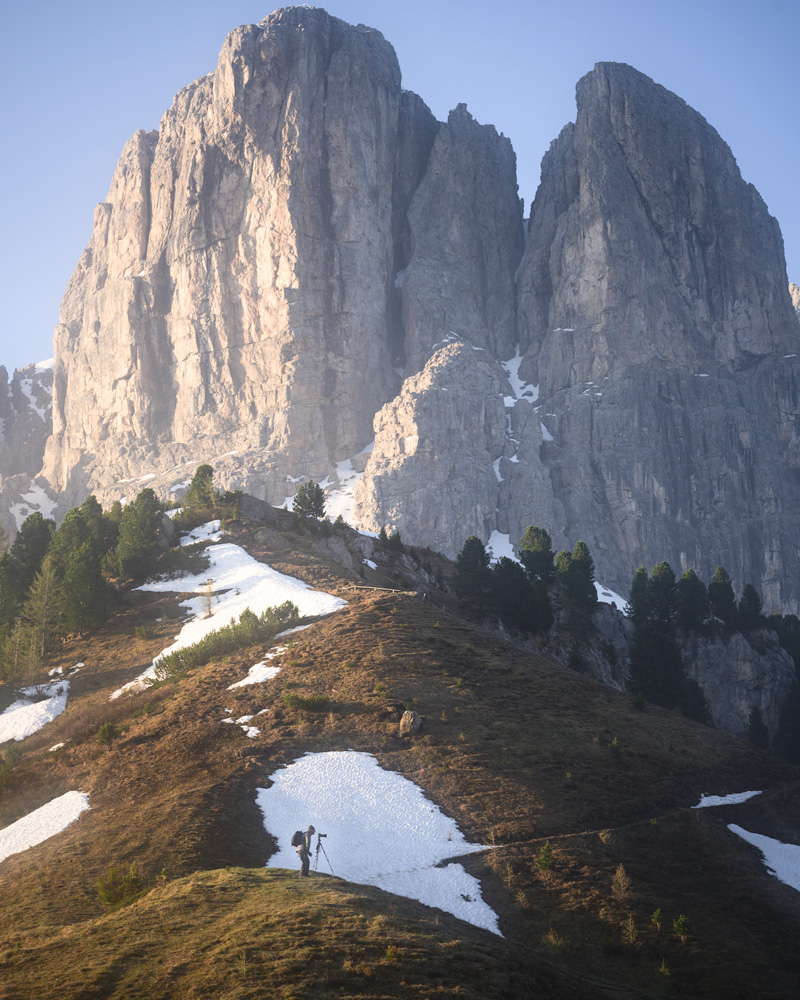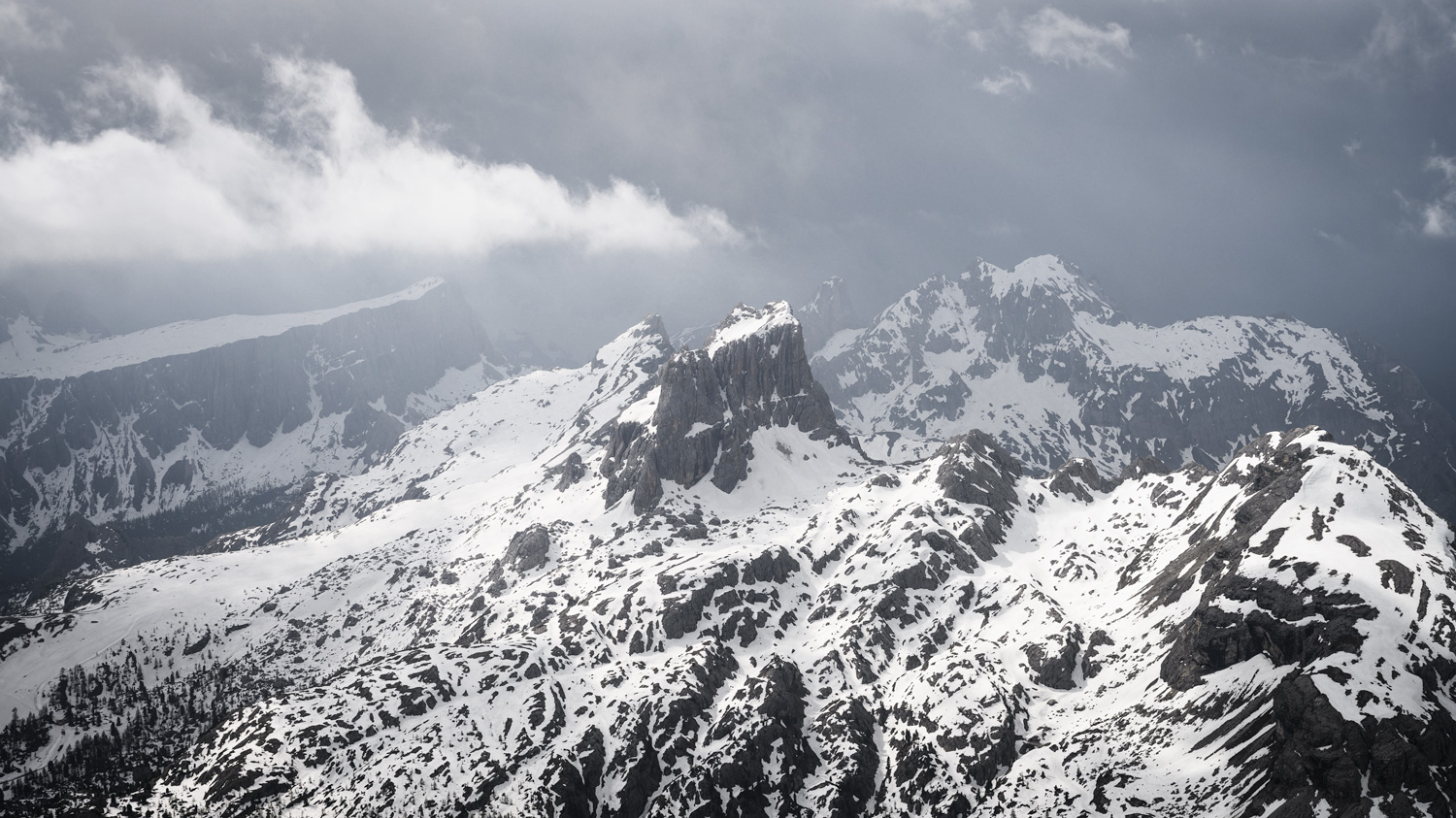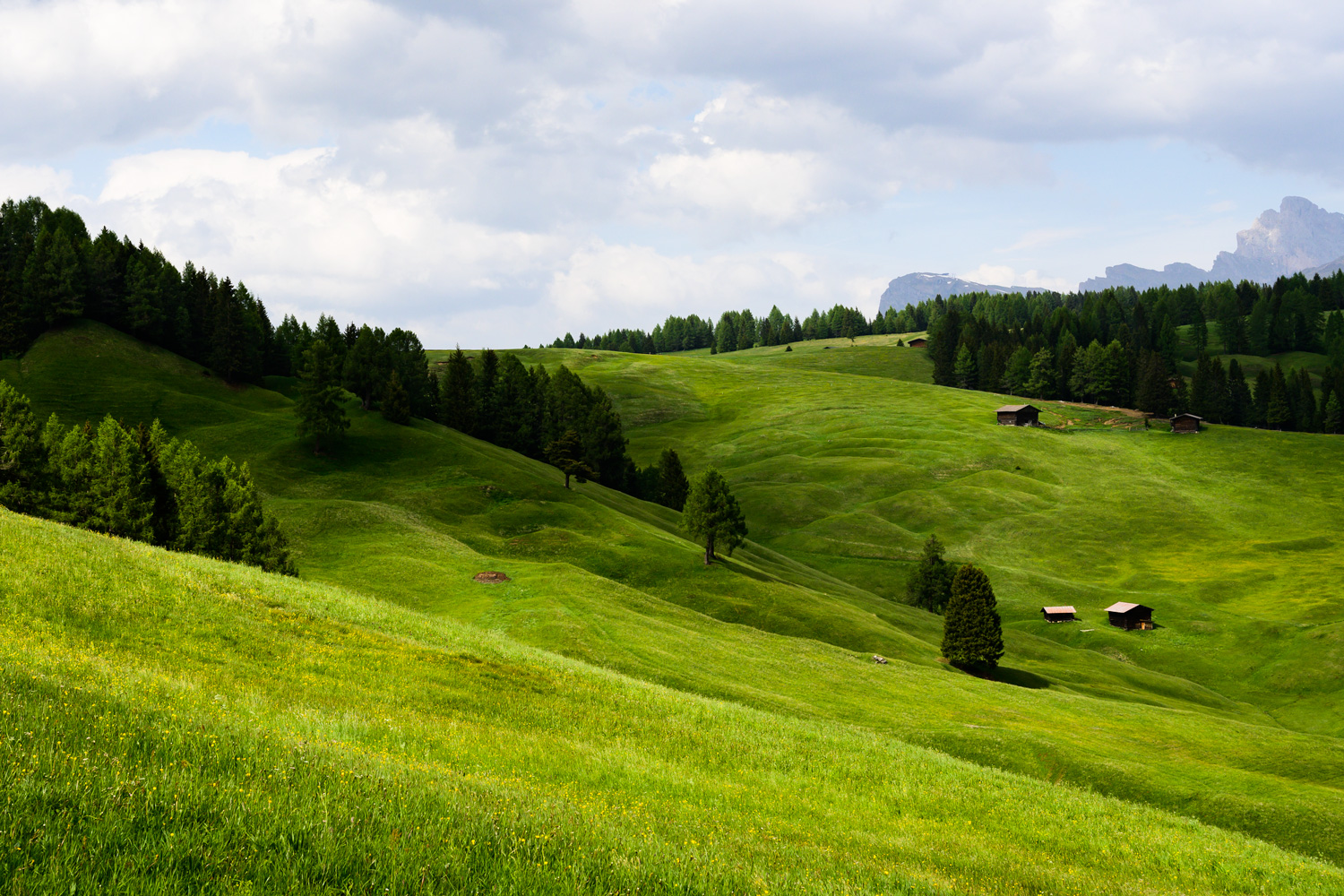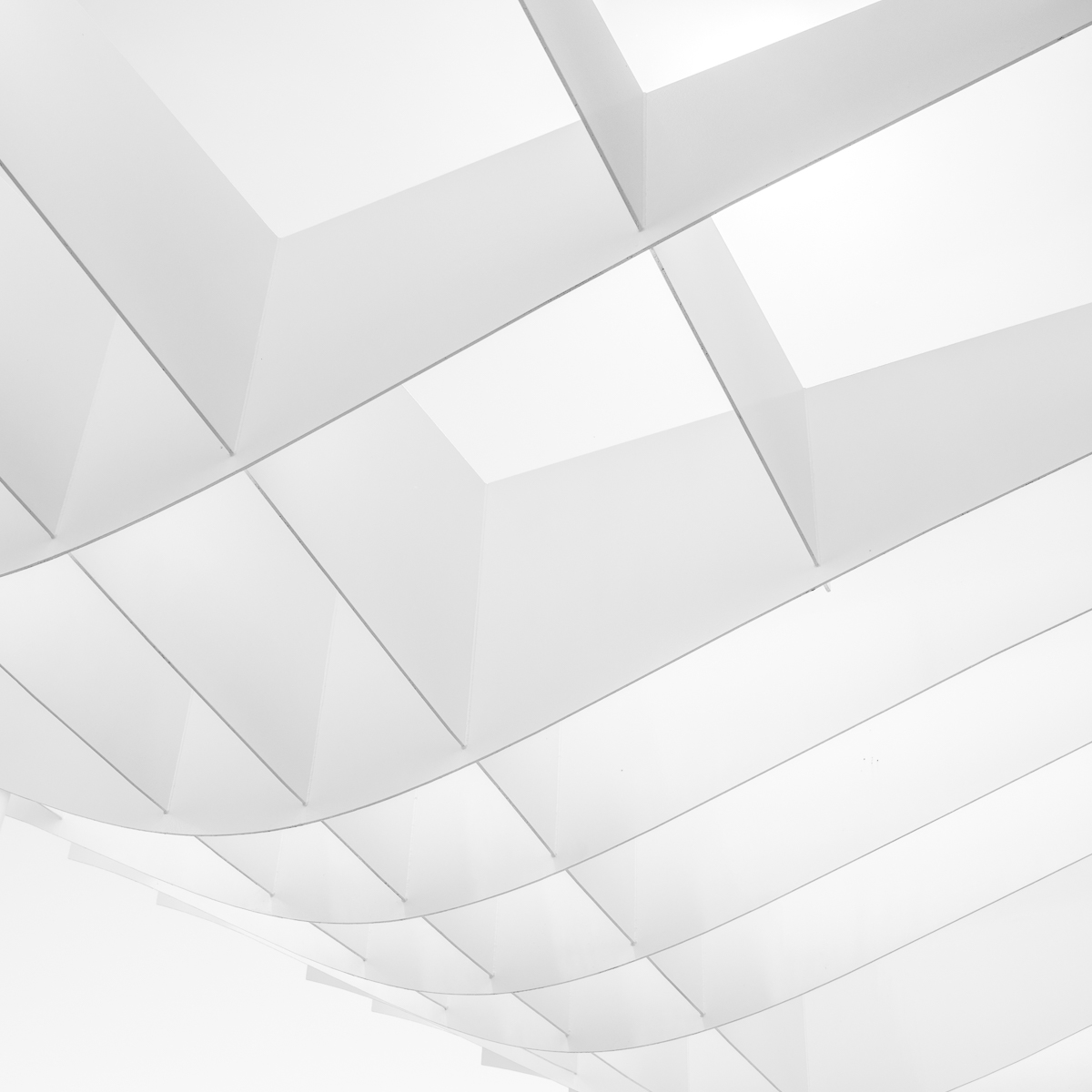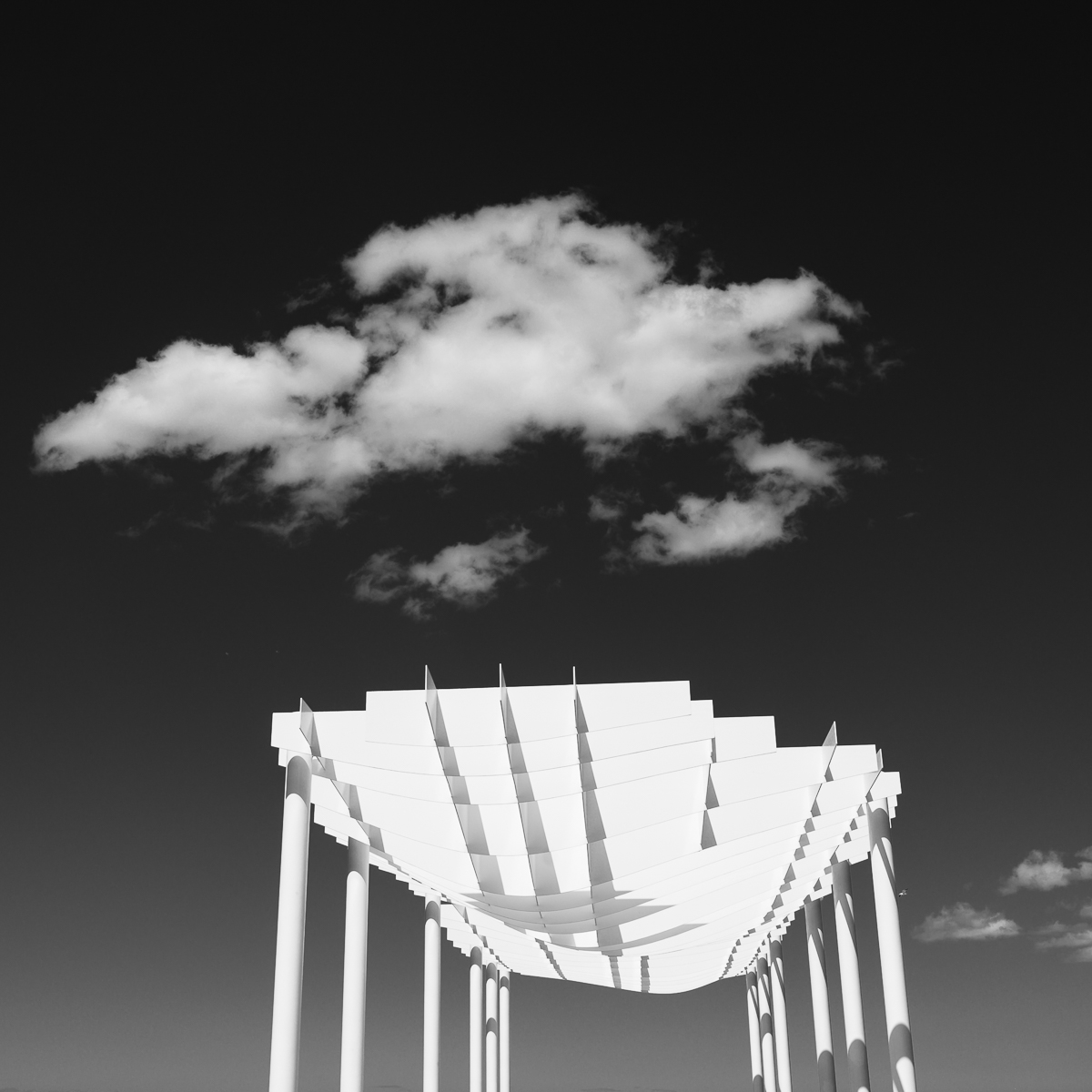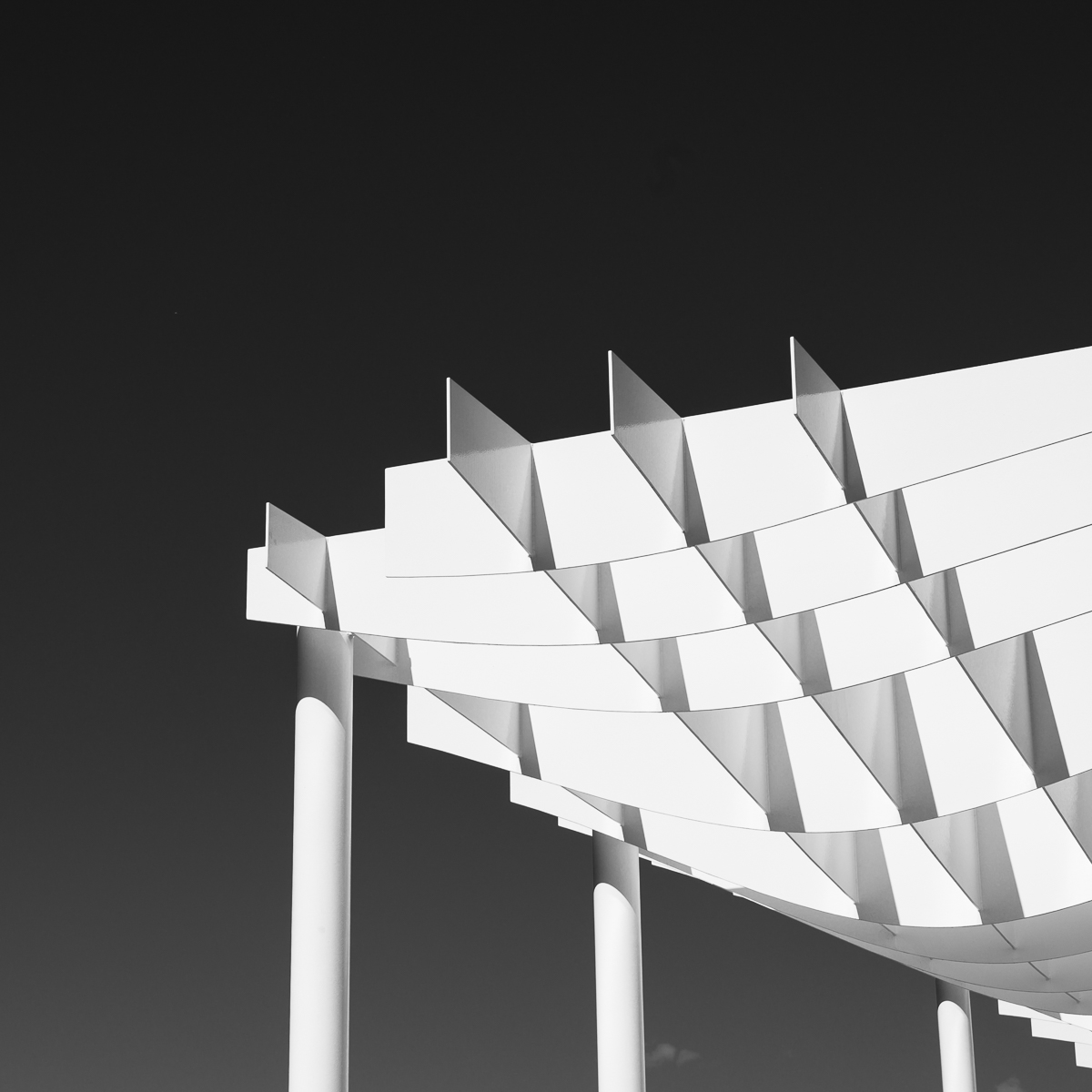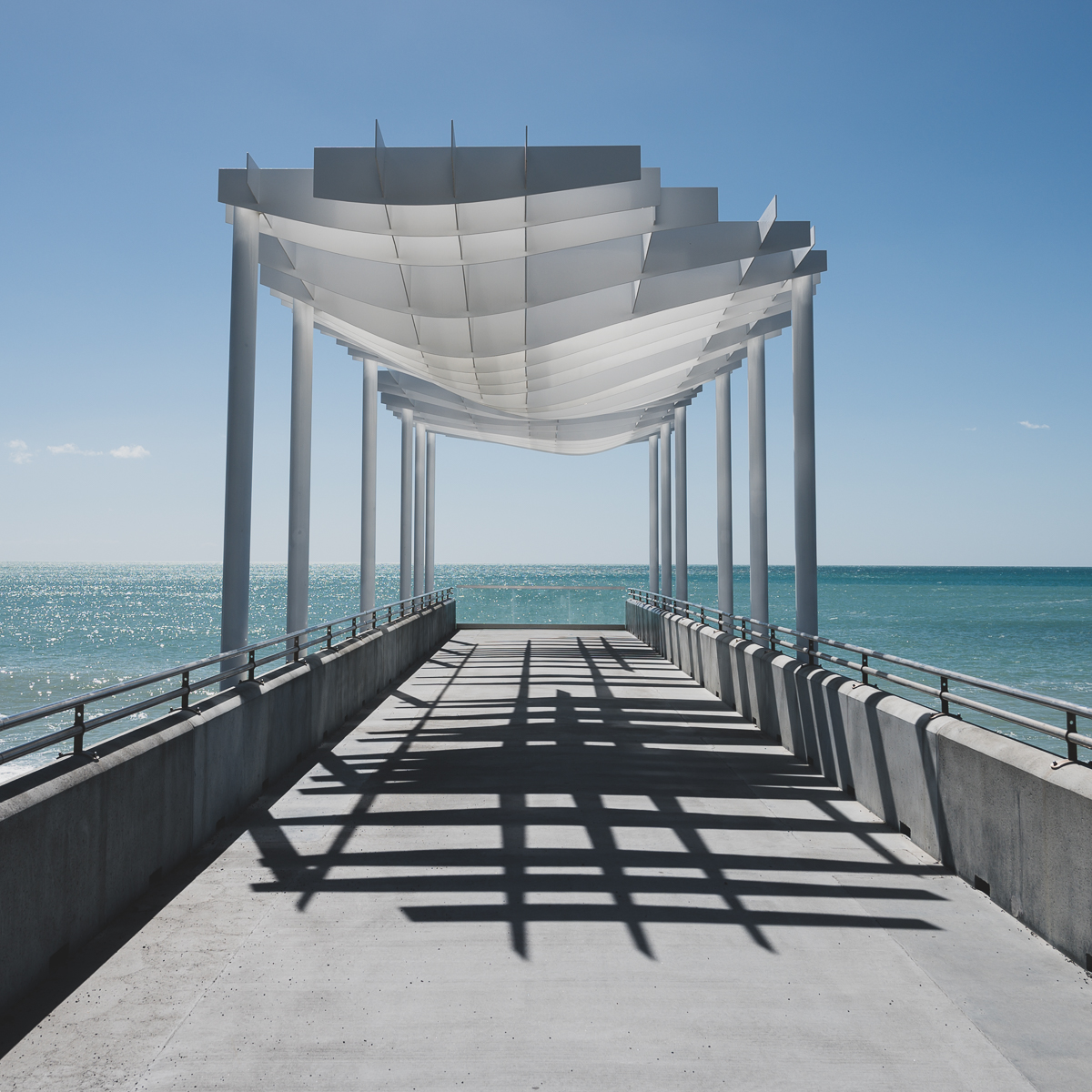In the second image, the girl is returning towards the street and her body is directly in line with the wooden support on the gangway. This is just one of the reasons why the first image (as shown) is stronger, because of the separation and balance of elements, but also perhaps because here she is heading somewhere, but we’re not sure where. It’s an extra element of intrigue, the beginning of a journey into a relative unknown, however brief.
Modern Relevance?
So, what does all of this have to do with anything we may be thinking about in our photography today? Well, firstly many of us now shoot digitally which has an affect on our ‘in-field’ processes. The ability to immediately assess an image on the live view or viewfinder review screen helps inform our aesthetic choices. For the film photographer it’s an expensive habit to shoot and re-shoot scenes without being able to quickly see the results. It does also depend what style of photography we might be shooting though.
For example, the street photographer is often waiting for a scene to unfold, for characters out of his/her control to enter the scene and to react accordingly. It’s a situation that may also apply to landscape photographers, we may be waiting for a change in weather or the flow of an incoming tide for example. All genres excel in the ‘optimal light’ for the scene and of course the craft is to make compositional sense and order out of whatever the elements in front of us may be.
My Approach
I wanted to try and show an example of how I approached a certain simple scene, with a bold graphical element, and how the images that I wouldn’t normally show contributed and brought clarity to the final image choice from that scene.
I know some photographers find they start wider and work in to find the detail, others (Bruce Percy being one I believe) start closer and gradually work wider if required. The idea of this second approach is that perhaps you have already identified the core essence of what attracted you to the scene and then you build upon it, as opposed to having to distil down to what you originally were attracted by. The ability to make the visual connection from eye to composition in camera will affect your approach here and I find that sometimes I go both ways.


